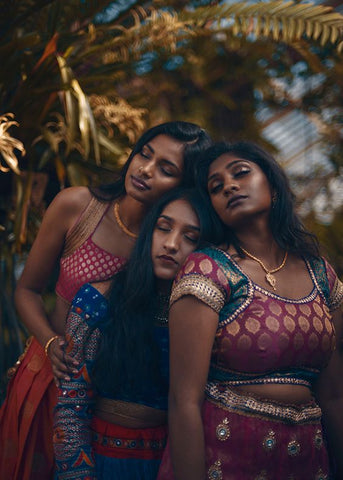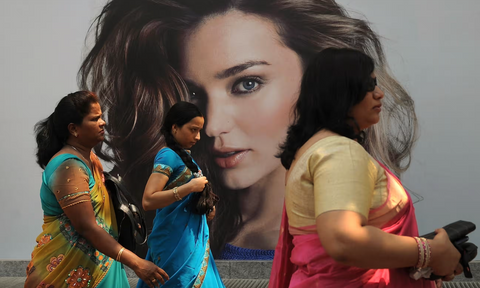Colorism, also known as pigmentocracy, is a deeply ingrained issue that plagues societies across the globe, including South Asian, Arab, and Latina communities. This discrimination favors those with lighter skin tones, perpetuating a cycle of inequality and self-doubt, particularly among young women. In a recent BBC documentary, Beauty and the Bleach, presenter Tan France, known for his role on Queer Eye, delves into the roots and consequences of colorism.

Born to Pakistani immigrant parents in South Yorkshire, Tan France sheds light on how this problem is not just a product of colonial history but also perpetuated within one's own community. It's a matter of utmost importance that we recognize and address this issue, empowering young women to overcome colorism and embrace their true selves.
Historical Roots of Colorism
To understand the origins of colorism, we must delve into the historical narrative. The roots of colorism are deeply intertwined with the violence of colonial history. In the Caribbean and the United States, slave-owning colonial societies propagated myths of white racial purity, leading to preferential treatment of lighter-skinned individuals and the one-drop rule. These biases associated lighter skin with status and respectability.
In South Asia, European and Indian thinkers popularized perceptions of South Indians and lower castes as darker-skinned, reinforcing stereotypes that portrayed Aryans as strong and pale and Dravidians as small dark-skinned primitive. British colonial ethnographer HH Risley further racialized Indians by categorizing different castes based on skin color. These ideas influenced societal norms and were selectively adopted by various groups, connecting fair skin with privilege.

The Commercialization of Skin Lightening
The commercialization of skin lightening products dates back to colonial India, long before Unilever's Fair and Lovely was launched in 1971. European and U.S. companies capitalized on these products, promoting ideals of superior hygiene, femininity, and whiteness to Indian consumers. These marketing tactics reinforced the notion that lighter means beautiful. Furthermore, cinema in both Hollywood and Bollywood perpetuated these preferences for lighter skin.
When people from South Asian and Caribbean backgrounds migrated to the UK, they carried these preferences with them. This discrimination compounded the racism they experienced from the white British community, resulting in a complex and deeply rooted problem.
Voices of Resistance
Despite these entrenched beliefs, there have been voices of resistance against colorism. In colonial India, anti-caste thinkers including Jyotirao Phule and BR Ambedkar rejected the ideas that endorsed Aryan and Brahman superiority. Opposition to color-based prejudice could also be found in popular poetry and women's periodicals.
In the U.S. and the UK, Black power movements from the 1960s embraced the Black is Beautiful discourse. More recently, in 2017, the Indian non-governmental organization Women of Worth launched a campaign called Dark is Beautiful to challenge colorism.

The Challenge of Today
While there is growing awareness about the harmful effects of colorism, the problem persists. Skin-lightening products, modern lightening technologies, and the preference for lighter skin tones on social media platforms continue to promote this discriminatory beauty standard.
Even Unilever's decision to rebrand its Fair & Lovely product range in 2020 as glow shows that these products have merely been repackaged to align with more contemporary stances. For many, skin-lightening is seen as a means of accessing social capital, improving career opportunities, and fostering romantic relationships.
Addressing the Role of Elders
Community elders play a significant role in perpetuating the idea that lighter skin is preferable. Many South Asian women still receive advice about foods or concoctions to improve their skin color and glow, handed down from older generations. It is crucial to engage in open conversations about these deeply ingrained biases and actively challenge them.
A Call for Change
Colorism is an issue that continues to affect South Asian, Arab, and Latina communities, causing young women to doubt their worth and beauty. However, it is imperative that we work collectively to dismantle these harmful norms and promote self-confidence and equality.
By speaking openly about the painful truths surrounding colorism, as exemplified by Tan France's documentary, we can bring the issue to the forefront of public consciousness. Across mainstream and social media, individuals from these communities are stepping up and raising their voices against colorism.
Brulée Beauty strives to be part of this growing movement. It is only through these collective efforts that we can foster self-confidence and equality, ensuring that young women of all skin tones can be proud of who they are and embrace their true beauty.




